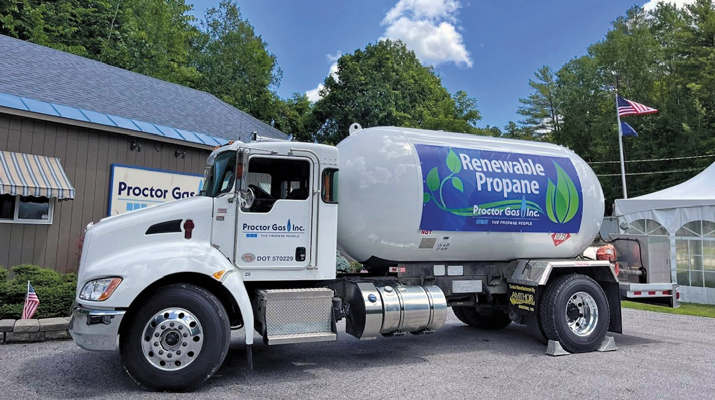How much is your company worth?
In the interest of our ongoing discussions about how to increase the value of your business, let’s look at three of the most commonly used methods of determining value. I’ll share my opinions as to the strengths and weaknesses of each of these three methods, and tell you how most companies are valued.
In later columns we will use this basis of underlying business valuation to expand on our inspection of activities within your business that will increase the value of your company.
Gallons Sold Method
Often I hear people talk about how much their business is worth in terms of gallons sold. This method is quick to do, easy to compare, and there is not much math involved.
The problem is that this method values all gallons the same. Does it make sense that a gallon sold for a low margin, such as for a grain-drying account, is equal in value to a high-margin gallon sold to a residential customer? Or is a gallon sold to a residential customer in one region for a 40-cent gross margin equal in value to a gallon sold to a residential customer in another region for 65 cents per gallon?
While you could argue that you need more information, the point is that all gallons sold are not equal in terms of the financial return and should not be valued equally.
For these reasons, I dismiss this approach as clearly inadequate. If you are building your business on gallon criteria without thought as to the quality of the gallons sold, you are not investing wisely.
Asset Value Method
The appeal of this method is that we can all relate to a business in terms of the fair market value of its parts (tanks, vehicles, real estate, etc.) and the sum of those parts.
This method falls short in that it values a $700 investment in a 500-gallon tank for a residential account (one that generates a 60-cent per-gallon gross margin) equal to the same $700, 500-gallon investment for a grain-drying account that yields just 20 cents per gallon gross margin.
Further, is the value of a tank sitting in the yard equal to the value of a tank sitting in a residential customer’s location? The answer is clearly no – all dollars invested in steel are not equal. (I will talk about this issue of return on investment in more detail in our next column).
This method of arriving at the fair market value of assets has solid merit. However, this approach fails to recognize that the best value measurement of a retail propane business is in the quality of the income generated by your investment choices in customer types.
EBITDA Method
This hard-to-pronounce acronym appears way more complicated than it is. Let me take a shot at making it easier to understand and explain why it is an important measure of business performance.
The evaluation process is comprised of two steps – calculating EBITDA, and then multiplying it by a factor. The multiplier will go up and down based on a variety of qualitative factors to be discussed in more depth later.
First, EBITDA is simply a way to measure the operating earnings of a business in its simplest form. We are measuring the gross margin (all revenues less delivered costs of product) minus cash operating expenses (excluding interest costs). Examining the EBITDA of an operation will give you an apples-to-apples comparison of the raw earnings power of a business entity.
Interest costs are a factor of debt load. A business with high debt will show lower earnings after interest than an identical business that is debt free. In a similar fashion, a newer business or one with an aggressive depreciation methodology will report lower earnings than an identical business with older assets or a more conservative depreciation methodology.
Amortization seldom comes into play in our industry, but in essence is similar in its potential distortion of earnings to depreciation.
Again, evaluating the earnings before depreciation will eliminate a bias that has little to do with the pure earnings power of the company.
Here is a simple example of the way to calculate EBITDA:
Revenues $2,000,000
Product cost (w/freight) – $1,000,000
Gross profit = $1,000,000
Total Operating Expenses – $600,000
Net income before taxes = $400,000
Income Taxes – $100,000
Net Income =$300,000
Interest costs +$50,000
Depreciation, amortization +$50,000
Income taxes +$100,000
EBITDA =$500,000
The value of this business on the basis of EBITDA and based on a multiple of 4 times is $2 million ($500,000 EBITDA times a 4 multiple).
This model, in its simplest form as illustrated, is the method by which most companies transfer ownership in the United States. Qualitative factors also contribute a great deal to the total valuation decision, and for the most part are what determine the “multiple” a buyer is willing to pay.
If you want to truly understand how to value your business and learn how to increase the value of your business, you must understand this evaluation model: Earnings before interest, income, taxes, depreciation and amortization
In the next column we will address how your investments in various types of customers will affect the EBITDA of your business.
















